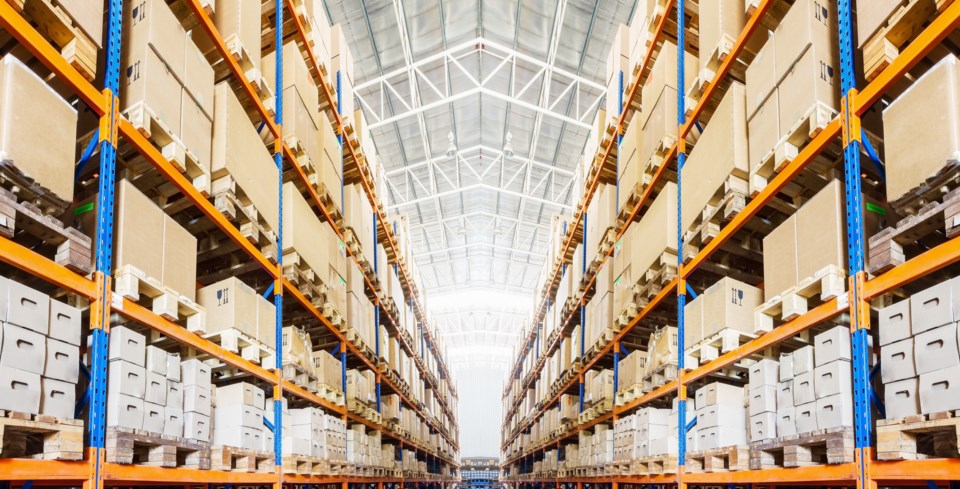Your cup of coffee or your child's favourite toy could end up costing you a pretty penny this year.
British Columbian shoppers were already feeling the effects of a global shipping container shortage that has seen the average cost to move a 40-foot steel container of cargo by sea rise by upwards of 500% above the seasonal average, according to Drewry Shipping. The long-lasting impact could mean we see price increases in many common household goods, including packaged appliances, furniture, toys and more.
Then came an atmospheric river event in B.C. on Nov. 15 that caused massive power outages and wiped out large sections of the province's highway infrastructure, largely cutting off the Interior and the Lower Mainland.
With trucks and trains temporarily grounded to a halt—and at the busiest shopping season of the year, we have five tips on purchasing with purpose—and getting your packages before 2022.
#1: SHOP LOCAL
The best way to ensure you get the goods in hand and support your local small business owners and vendors is to shop in person. If browsing is not your idea of a good time, check their websites and social media feeds for products or call to make sure the item you want is in stock.
#2: ORDER ONLINE, PICK UP IN-STORE
Shopping online and picking up in-store (where possible) is kind of the best of both worlds because if the item isn’t what you anticipated, it can be returned on the spot. There are several stores that offer this including Ikea, Superstore, Nordstrom, Best Buy (its Black Friday deals are already underway) and Canadian Tire (for a head start on those Black Friday deals, click here).
#3: FIND LOCAL ARTISANS
Etsy is the go-to online destination for handmade goods and vintage items, but did you know you can filter your shopping experience for a more local experience? Type an item into the search bar (ie: “party decorations”) and from there click “All filters” and set the shop location to Canada.
To get even closer to home, click on the shop name and it will take you to their landing page, which often lists the city/province.
(Some BC-made items we’re currently coveting include these handmade decorative Christmas trees and this beautiful cable knit scarf.)
Amazon also has provincial “storefronts” filled with good small Canadian businesses, like this foldable pet playpen Wander Wild in Sidney.
#4: PRIORITIZE YOUR SHOPPING LIST
If gift shopping is top of mind, start with the most in-demand stuff first: tech and toys always fly off the shelves (and this year might be extra busy as Canadians expect to spend more this season than in 2020, with parties, Secret Santa and family gatherings back to almost-normal in some places).
Shop early and always triple-check delivery options and estimated dates for your area. Keep an email folder with digital receipts and if there's a price drop within a few weeks, it might be worth checking for a price adjustment.
#5: DEDICATED CANADIAN SHIPPING
Current road conditions aside, ordering goods that don’t cross a border is a smoother process than international shopping (no duty and fewer delays). There are several big-name retailers (like Zara and the Gap) that ship from warehouses within Canada. Otherwise, look for Canadian-based retailers like The Bay, Aritzia, Lululemon, Simons, Ssense, Plenty, Toys R Us, Parks Canada, Roots, Holt Renfrew, Canada Goose, Reitmans, Atmosphere, RW&Co., RYU, Tkees, Knix, TenTree, Frank and Oak, Dynamite, Sportcheck, Joe Fresh and Mark’s.
If shopping through Amazon, a Prime subscription offsets shipping costs and speeds up the process. Keep an eye out for items “sold and shipped by Amazon” as those tend to move quicker than items shipped directly from retailers.




